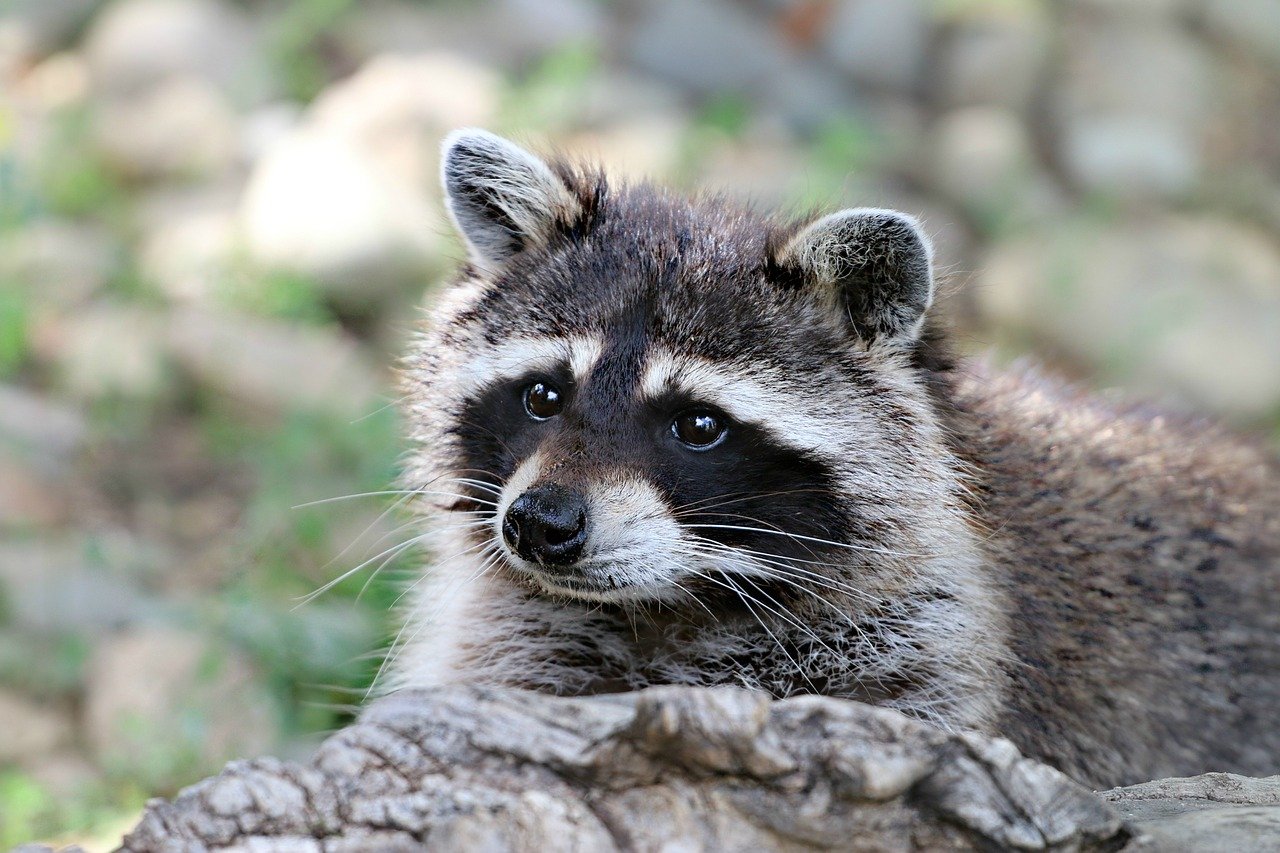There are many wildlife species that call PEI home including:
- Canada geese
- raccoons
- foxes
- squirrels
- coyotes
Remarkably enough, our pets are a danger to wildlife in many ways. Due to predation, habitat fragmentation and stress, our pets can be causing distress for animals that call PEI’s wilderness home.
Specifically, cats are a common concern for local bird populations with up to 1,768 million birds in the US and Canada killed by outdoor cats each year. This becomes magnified when you factor in the size of Prince Edward Island and our geographic isolation from the rest of Canada.
“Worldwide, cats on islands have been recorded to consume roughly 250 animal species and were a major driver of extinction for 33 species. This number comprises 14% of modern global mammal, bird, and reptile extinctions” according to a study done by Canadian Science Publishing.
How can you help prevent millions of birds from being killed each year? Consider some alternatives to allowing your cat to freely roam outside.
- Invest in a cat harness with a leash and take your cat for a walk. You’ll be surprised how much they enjoy it! You can tether your cat outside but if you do choose to do this, supervision is needed at all times, as your cat can become tangled up in the leash.
- Try a collar with a bell on it.
- If you find that your cat is still killing birds while wearing a collar with a bell on it, try a CatBIB (an anti-killing device for cats known for killing birds). By attaching to the cat’s collar, this device hangs loosely over the cat’s chest. It works by gently interfering with the precise timing, and coordination a cat needs for successful bird catching. It interferes with the cat’s stealth and cunning, allowing its prey to escape.
- Invest in a Catio, this is an enclosed space outside where cats can enjoy being outside, while also being in a safe area for both your pet and wildlife.
Dogs also have significant impact on wildlife. In an article published in 2017 from Phys Org it was stated “..dogs are implicated in the extinction of at least 11 species, including the Hawaiian Rail and the Tonga Ground Skink. Dogs are also a known or potential threat to 188 threatened species worldwide: 96 mammal, 78 bird, 22 reptile and three amphibian species. This includes 30 critically endangered species, two of which are classed as “possibly extinct”.
There are several ways that dogs impact wildlife.
- Many dogs like to chase wild animals, most notably on PEI: shorebirds and small prey animals like rabbits and squirrels. Dogs chasing these animals can cause displacement of wildlife within the area that it occurred as well as cause unnecessary stress on the animal.
- When dogs are on trails with their owners they will scent-mark frequently and other carnivores in the area may see this as the dog’s territory (if there is a high volume of foot traffic), which could cause them to avoid the area or cause an increase in territorial observation and maintenance.
Learning to coexist with wildlife is the key to ensuring both the safety of your animal and the wild animals that call PEI home. Conflicts with wildlife is inevitable, so it’s important to learn how you can coexist help minimize the impact and severity of these experiences.
- Feed your pet indoors: pet foods can attract wildlife as the scent of the pet’s food can linger and draw animals such as coyotes, foxes, skunks and raccoons to your yard. If you have to feed your pet outside, set a schedule and remove the food dish immediately after your pet finishes eating.
- Keep your dog leashed: coyotes can be attracted to your dog’s scent and may even view larger dogs as potential mates if they’re not spayed or neutered. Keeping your dog on a leash can decrease the possibility of having an interaction occur, especially while on trails.
- Keep pets indoors at night: conflicts occur most often at night and therefore keeping pets inside from dusk until day will reduce the possibility of having an interaction occur.
- Do not let your pet wander without supervision: allowing cats to wander puts them at risk of being predated on by coyotes or large owls. Wildlife will often avoid people and will leave a pet alone when their owner is near.
- When walking on trails don’t assume wildlife is not nearby: pay attention to any signs of wildlife (ie. tracks or scat) and to your pet. If your pet is agitated, it may be due to a predator nearby.
- Avoid attracting wildlife to your yard: By managing your garbage responsibly, removing bird feeders from April to November (use a bird bath instead!), managing fruit trees, keep barbecues clean & grease-free, protect fish ponds and sand boxes, reduce cover and denning opportunities, install fencing or any other motion activated deterrents (ie. lights, sounds, water sprayers).
- Vaccinate your pet: speak to your veterinarian about diseases from wildlife that can affect your pet.


